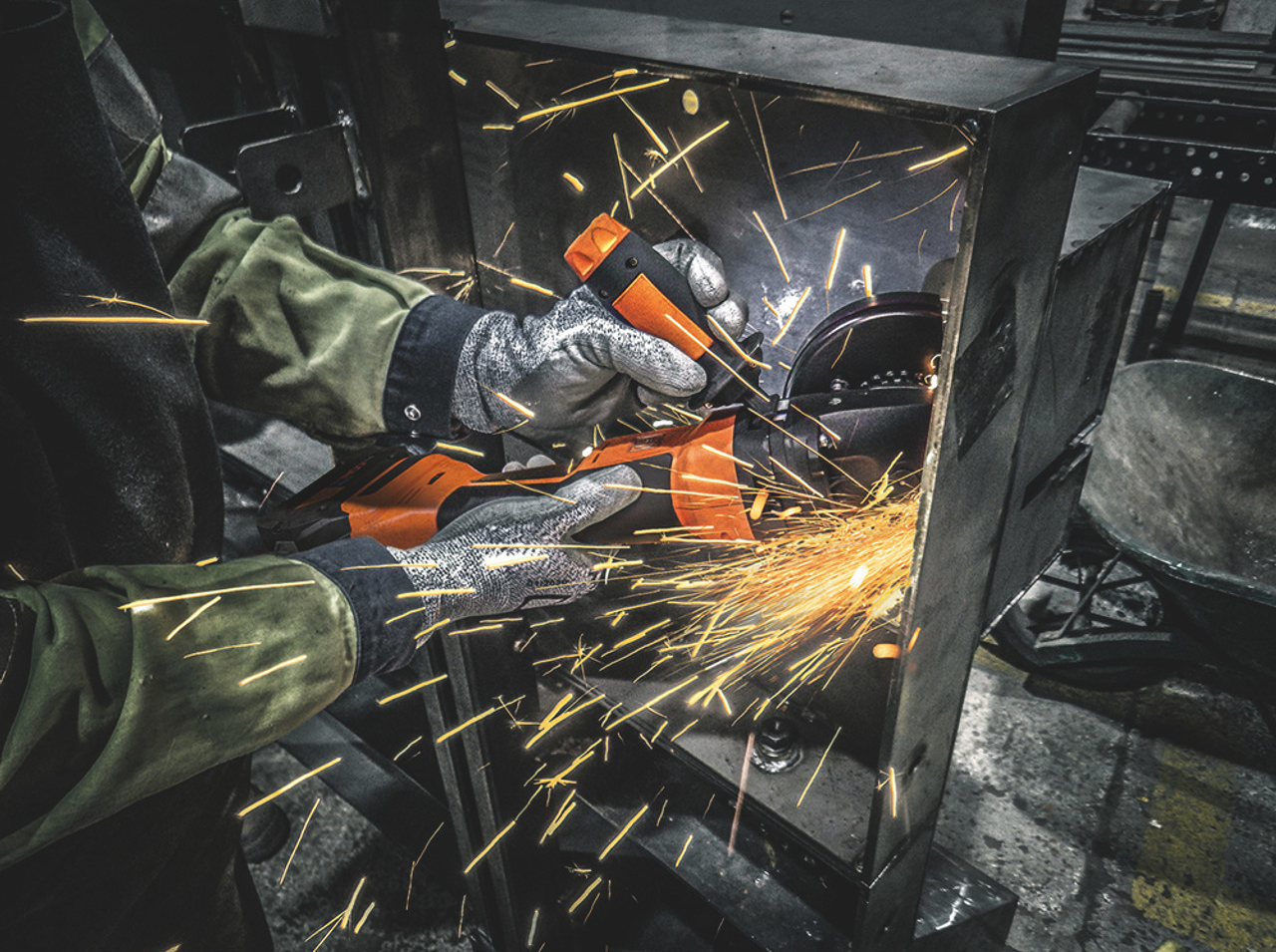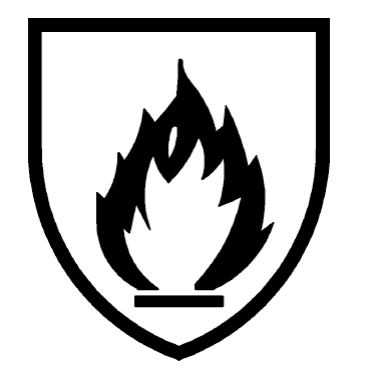 Burns are the most severe injuries, causing significant damage to skin tissue and leading to extensive tissue necrosis. To avoid such harm, it’s essential to have personal protective equipment that guards against burns, with a particular focus on heat-resistant gloves that prevent hand burns.
Burns are the most severe injuries, causing significant damage to skin tissue and leading to extensive tissue necrosis. To avoid such harm, it’s essential to have personal protective equipment that guards against burns, with a particular focus on heat-resistant gloves that prevent hand burns.
What are Heat-Resistant Gloves?
First, it’s important to distinguish between heat resistance and fire resistance. Heat resistance does not necessarily mean fireproof. While many heat-resistant gloves are fireproof, not all are.
So, what are heat-resistant gloves? Heat-resistant gloves are specially designed to protect your hands from high temperatures and extreme heat sources. They are typically used in high-temperature environments or tasks involving flames and radiant heat, providing flexibility and comfort while withstanding high temperatures.
When selecting suitable heat-resistant gloves, you must check the ratings to ensure your protective equipment can adequately address the hazards you will face.
Different Types of Heat-Resistant Gloves
Choosing the right heat-resistant gloves that meet your needs is similar to selecting any personal protective equipment. You should first consider the specific application or the requirements you have for the gloves. Next, think about more specific features—do you need additional functions beyond basic heat resistance, your packaging preferences, and your budget?
Types of Heat
Start by considering what type of heat your gloves will be exposed to, as this is the easiest way to begin selecting heat-resistant gloves.
- Contact Heat: Will you directly handle hot objects or significant heat sources?
- Convective Heat: Will you be exposed to a high-temperature environment, or is your surrounding environment likely to harm you?
- Radiant Heat: Will your hands be near a source of radiant heat?
- Splashes and Spills: Is there a risk of hot objects, liquids, or molten materials splashing onto you?
- Flames and Fire: Are you working in environments with open flames or any situation requiring flame-resistant personal protective equipment?
Once you’ve identified the heat hazards, you need to determine the severity of each. The level of danger refers to temperature.
Lastly, consider whether you need additional features for your gloves. For example, if you use sharp tools or handle sharp objects, you might need cut-resistant capabilities.
Understanding the Basic Standards for Heat-Resistant Gloves
When looking for suitable heat-resistant gloves, the EN407 standard is very useful. Although it’s just a small badge, it provides a wealth of information. However, you must understand what the badge means to know the standards for heat-resistant gloves.

Let’s break it down. There are two different EN407 badge standards. If the icon has a flame, it indicates the glove has achieved a flame-resistant rating. If the badge icon only has a set of arcs, it indicates the glove has not passed the flame-resistant rating.

Testing for Flame Resistance:
This test measures how long the glove takes to extinguish after exposure to flame and glow.
- Extinguish within 20 seconds: Level 1 rating.
- Extinguish within 10-120 seconds: Level 2 rating.
- Extinguish within 3-25 seconds: Level 3 rating.
- Extinguish within 2-5 seconds: Level 4 rating.
Testing for Contact Heat
This test measures the contact temperature and the threshold time of exposure to high temperatures.
Threshold time over 15 seconds:
- 100°C: Level 1
- 250°C: Level 2
- 350°C: Level 3
- 500°C: Level 4
Testing for Convective Heat
This test measures the time threshold for the glove exposed to a high-temperature environment.
- If the internal temperature of the glove reaches 24°C in 4 seconds, it is rated Level 1.
- Over 7 seconds: Level 2.
- Over 10 seconds: Level 3.
- Over 18 seconds: Level 4.
Testing for Radiant Heat:
This test checks if the glove can withstand radiant heat sources. The internal temperature is monitored, and the time taken to reach 24°C is recorded.
- 7 seconds: Level 1.
- Over 20 seconds: Level 2.
- Over 50 seconds: Level 3.
- Over 95 seconds: Level 4.
Testing for Small Droplets of Molten Metal
This test involves dripping small droplets of molten metal onto the glove sample and counting the drops to assess this function.
- 10 droplets: Level 1.
- 15 droplets: Level 2.
- 25 droplets: Level 3.
- 35 droplets: Level 4.
Testing for Large Amounts of Molten Metal
This method is similar to the small droplets test, where a large amount of molten metal is poured onto the sample to determine how many grams of the special solution the glove can resist.
- Resists 30 grams of molten metal: Level 1.
- 60 grams: Level 2.
- 120 grams: Level 3.
- 200 grams: Level 4.
Note: Not all gloves are rated for all these categories, so you need to observe the icons on the gloves to make the right judgment.

Applying This Information When Purchasing Gloves
With the information provided, selecting the right gloves becomes much easier. We hope this article has helped you understand everything about heat-resistant gloves, so you can choose the gloves that best meet your needs more quickly and efficiently.
Aibon offers a wide variety of work gloves, each verified by specialized agencies and certified to standards such as EN388 and EN407. Be sure to visit our website to learn all about our gloves.
How to Measure Glove Sizes – Source: AIBON
Latex gloves– Source: AIBON
Safety gloves– Source: AIBON
Working gloves– Source: AIBON

